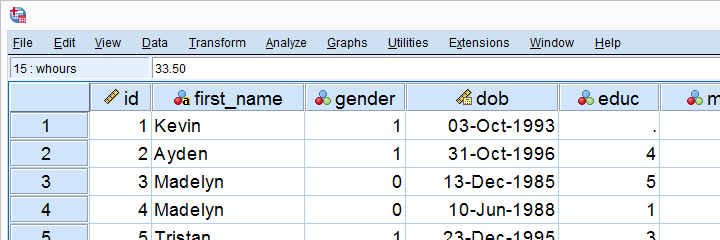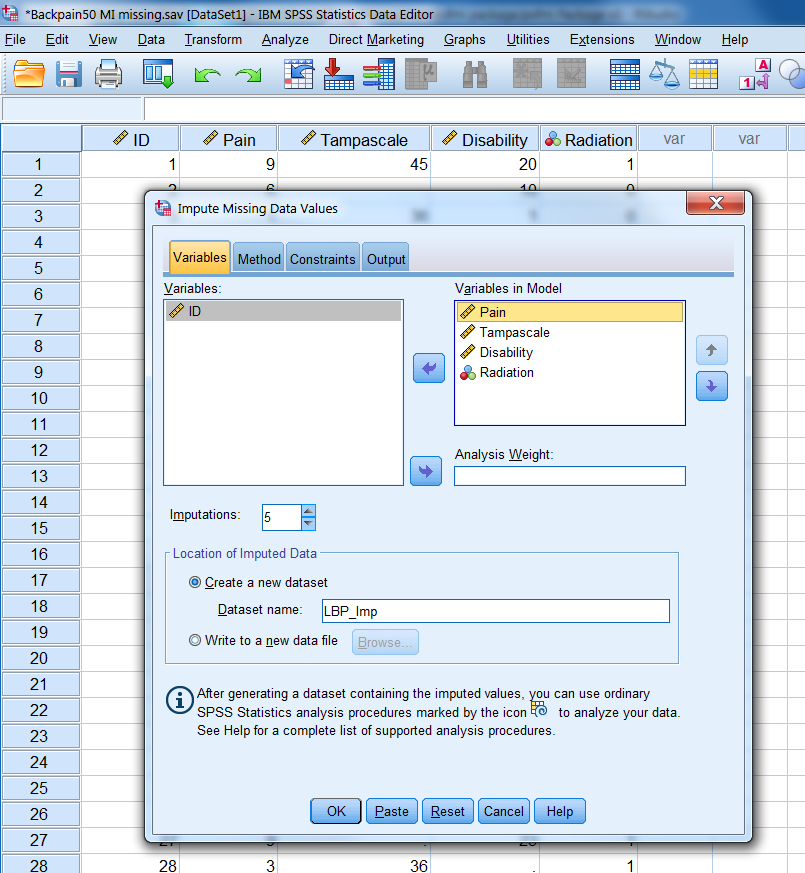

The model could be a useful tool for the prediction of the BFPs of source water.Īn W, Hu J, Giesy JP, Yang M (2009) Extinction risk of exploited wild roach ( Rutilus rutilus) populations due to chemical feminization. Furthermore, a contour plot was used to interpret the influence of alkalinity and TOC on BrO 3 − formation with prediction accuracy as high as 71 %, suggesting that these two parameters, apart from ozone dosage, were the most important ones affecting the BFPs of source waters with Br − concentration >20 μg L −1. Based on the survey data, a multiple linear regression (MLR) model including three parameters (alkalinity, ozone dose, and total organic carbon (TOC)) was established with a relatively good prediction performance (model selection criterion = 2.01, R 2 = 0.724), using logarithmic transformation of the variables. Statistical analyses indicated that higher alkalinity, hardness, and pH of water samples could lead to higher BFPs, with alkalinity as the most important factor. IF (BIRTH LE 1950 and BORN GE 1900).A total of 86 source water samples from 38 cities across major watersheds of China were collected for a bromide (Br −) survey, and the bromate (BrO 3 −) formation potentials (BFPs) of 41 samples with Br − concentration >20 μg L −1 were evaluated using a batch ozonation reactor. The expression LE means "less than or equal to" and GE means "greater than or equal to."Įxtracts only those cases that pass the test for the specified condition The arithmetic expressions >, <, = can be used in place of the logical expressions GT, LT, and EQ. The above commands would produce codes that might be labeled: VALUE LABELS AGE IF (BIRTH LE 1950 and BORN GE 1900) AGE = 2. Consider these examples: IF (BIRTH GT 1950) AGE = 1. VALUE LABELS AGE 1 'Young' 2 'middle age' 3 'Old'.Ĭomputes a new variable for a case after testing the case for a specific condition The thru subcommand enables recoding cases from one value through another: RECODE CITYTYPE (51=1) (52=2) (61=3) VALUE LABELS CITYTYPE 1 'Central City' 2 'Non-Central City' 3 'Urban County'. You may also use numeric, arithmetic, and statistical functions with the COMPUTE command.Ĭhanges the coding scheme of an existing variable on a value-by-value basis or for a range of values.įor example: This command changes the coding order for CITYTYPE from 51="Central City," 52="Non-Central City," and 61="Urban County" to 1, 2, and 3: Use parentheses to control the order of calculation. Insert blanks before and after an operator to improve readability.


Arithmetic operations include: + Addition * Multiplication - Subtraction / Division ** Exponentiation To express this change in percentage terms specify:ĬOMPUTE PCTCHANGE=((INCOME99-INCOME89)/INCOME89)*100 VARIABLE LABELS PCTCHANGE 'Pct Change CDBG Allocation, 1985-89'ĬOMPUTE allows any combination of arithmetic operators and numeric constants on the right side of the equals sign. VARIABLE LABELS NETCHANGE 'Net Change in personal income in 1989 1999'. You should then label the variable to know what you've computed: This command computes the net change in income between 19: Suppose you have these variables, INCOME99 and INCOME89 and want to create a new variable, NETCHANGE. Use the COMPUTE command to create a new variable based on arithmetic or logical transformations of an existing variable or variables.Ĭreates a new variable from a combination or transformation of existing variables.Use the RECODE command to change the values of a particular variable.SPSS allows you to modify the values of existing variables as well as create new variables based on transformations of those variables.

S tatistical P ackage for the S ocial S ciences SPSS Modify and Recode Syntax Path: /c10 > Overview of SPSS > Modify and Recode


 0 kommentar(er)
0 kommentar(er)
